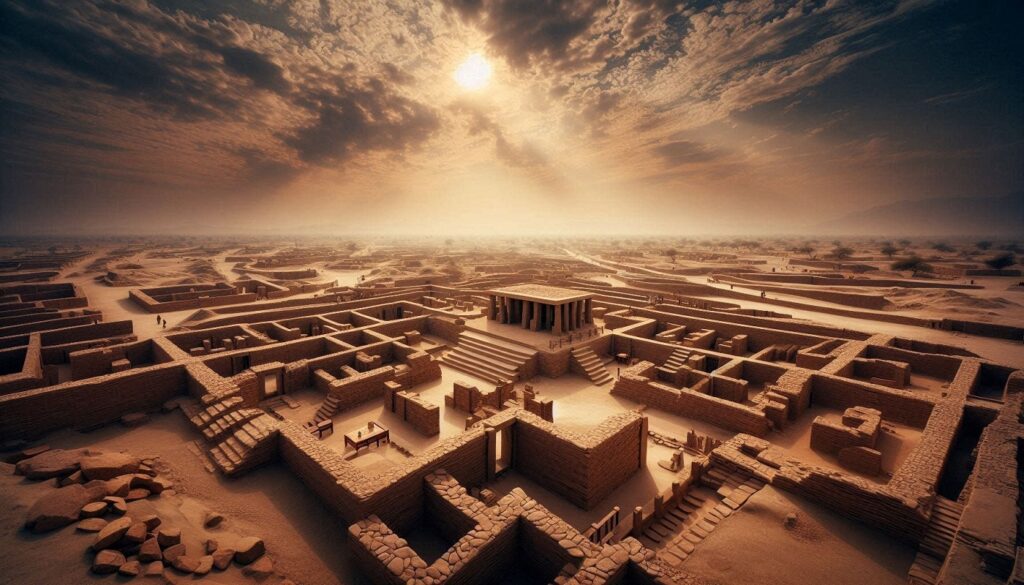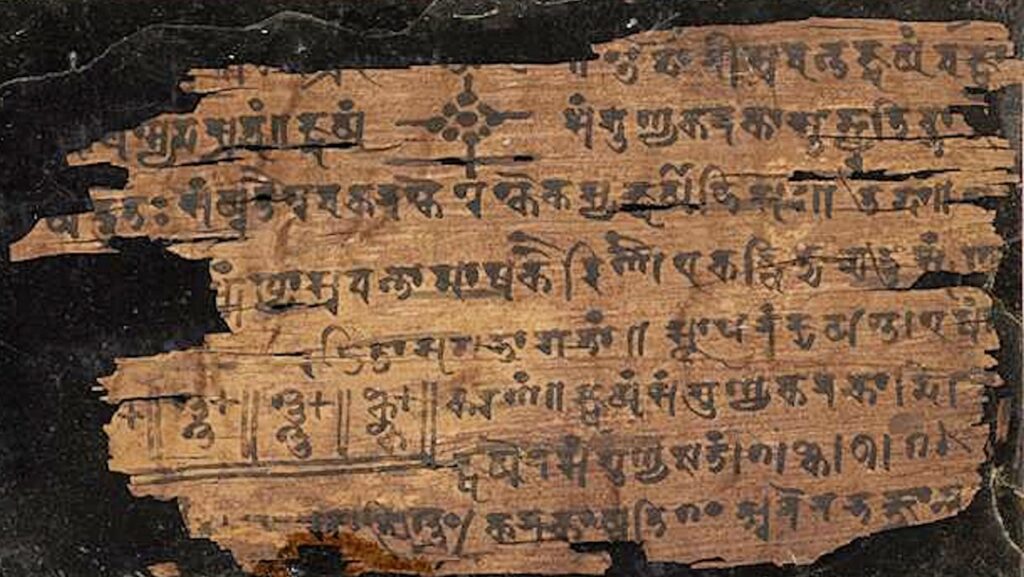Approaches to the Study of Early Indian History: The historiography of early India has undergone significant changes over time, often characterized by the emergence of different “schools” of history writing. These schools are frequently portrayed as replacing one another in a clear, linear progression.
However, the reality is more nuanced. There was substantial diversity within each school, and many of them coexisted, engaging in dialogue or conflict with one another. Additionally, some historical writings defied the prevailing trends of their time and do not neatly fit into the dominant historiographical frameworks.
Table of Contents
Orientalists’ historiography
The 18th and 19th centuries in the study of Indian history were largely dominated by the writings of European scholars, often referred to as Orientalists or Indologists, although they frequently identified themselves as “antiquarians.” Many of these scholars were associated with the East India Company or the British Government in India.
The founding of the Asiatic Society of Bengal in 1784 provided an institutional platform for scholars engaged in various fields, such as textual studies, epigraphy, numismatics, and history. One of the major contributions of the Indologists was their effort to collect, edit, and translate ancient texts, relying heavily on the knowledge provided by “native informants.” Indology soon extended beyond the British Empire and became an academic discipline in European universities.
In addition to the study of ancient texts, the 19th century saw significant developments in epigraphy, numismatics, archaeology, and the study of art and architecture. The decipherment of the Ashokan Brahmi and Kharoshthi scripts were notable breakthroughs in understanding India’s ancient past. The analysis of coins helped construct a framework for political history, while officers of the Geological Survey discovered prehistoric stone tools, laying the foundation for the study of Indian prehistory. The Archaeological Survey of India, established in 1871, has made significant contributions over the decades in uncovering and analyzing the material remains of India’s past.
However, the contributions and breakthroughs of this period were deeply rooted in a colonial context, which is evident in certain features of Indological writing:
- The Brahmanical perspective of ancient Sanskrit texts was often uncritically accepted as a true reflection of India’s past.
- Social and religious institutions and traditions were frequently critiqued from a Western perspective, leading to portrayals of Indian society as static and its political systems as despotic over the centuries.
- Race, religion, and ethnicity were often conflated, with a tendency to exaggerate the impact of foreign influence on ancient India.
- This period also saw the emergence of the classification of Indian history into distinct Hindu, Muslim, and British periods, a framework that has had lasting implications on how India’s past is understood.
Nationalist historiography
Indian scholars of the late 19th century and the first half of the 20th century made significant contributions to constructing a coherent narrative of ancient India. Writing against the backdrop of an emerging and increasingly strong national movement, these historians are commonly referred to as Nationalist historians. They skillfully integrated data from texts, inscriptions, coins, and other material remains to illuminate the contours of India’s ancient past.
The nationalist influence in these scholars’ writings is evident in their emphasis on the indigenous origins of cultural developments. This perspective is reflected in their search for golden ages, which led them to exalt the Vedic period and the Gupta Empire as high points of Indian civilization.
Nationalist historians also made notable contributions to political history, incorporating South India into the broader historical narrative and advancing the study of regional polities. They celebrated the discovery of non-monarchical polities to counter the notion that India had only experienced despotic rule throughout its history.
However, the periodization of Indian history into Hindu, Muslim, and British periods was retained, and this framework sometimes merged with a communal tendency to glorify the “Hindu period” while portraying the arrival of the Turks and the spread of Islam as a calamity or tragedy for the subcontinent.
Marxist historiography
In the 1950s, Marxist historiography emerged as a significant and influential approach in the study of early Indian history.
Over time, Marxist historians shifted the focus from event-centered histories dominated by political narratives to exploring social and economic structures and processes, particularly those related to class stratification and agrarian relations. This approach contributed to uncovering the histories of non-elite groups, many of whom had experienced subordination and marginalization.
However, while making these valuable contributions, Marxist historiography often relied on unilinear historical models derived from Western historical and anthropological writings. Texts were sometimes interpreted uncritically, with insufficient attention to their complex chronology and unique genres. Although archaeological data were incorporated, the primary framework of historical narratives remained largely text-centric. Initially, the focus on class overshadowed other forms of social stratification, such as caste and gender. Religion and culture were often sidelined or presented in a mechanical manner as mere reflections of socio-economic structures.
Despite the differences among various historiographical schools, they shared certain similarities. Some tenets of these schools continue to persist. For instance, aspects of Orientalist historiography remain influential, and the histories of Third World countries like India often retain a Eurocentric perspective. Additionally, appeals to the ancient and early medieval past are sometimes shaped by nationalist or communalist agendas. Marxist historiography also continues to play a significant role in the study of early Indian history.
Future Progress
A critical understanding of historiography, which acknowledges both the contributions and limitations of past and present ideological and theoretical frameworks, is crucial for grasping the current state of early Indian history. However, the most significant advances in the future are likely to emerge from challenging and thinking beyond the boundaries of existing historiographical positions and methodologies.
Today, there are two parallel images of ancient India—one derived from literary sources and the other from archaeology. These two sources create different kinds of historical narratives. Historians typically use archaeological evidence selectively, mainly to corroborate hypotheses based on their interpretations of texts. However, archaeologists have often not fully explored the historical implications of their findings.
Given the wealth of information provided by rapidly expanding archaeological data, historical narratives can no longer remain predominantly text-centric. A more sophisticated approach to textual study must be accompanied by the integration of archaeological evidence. This will lead to a more nuanced and comprehensive understanding of ancient India.
Ideally, histories of early India should represent the diverse regions and communities of the subcontinent. However, while the heartlands of great empires and kingdoms are well-represented, many regions remain underrepresented. These regions need to be included in historical narratives. Additionally, uncovering the histories of groups that have been subordinated and marginalized is essential. Although this is challenging—given that much of the available source material was created by elite groups and reflects their perspectives—the histories of those who have been hidden from history must be uncovered and integrated into the broader narrative of ancient India. This inclusive approach will enrich our understanding of the past, making it more representative of the diverse experiences and contributions of all people across the subcontinent.

